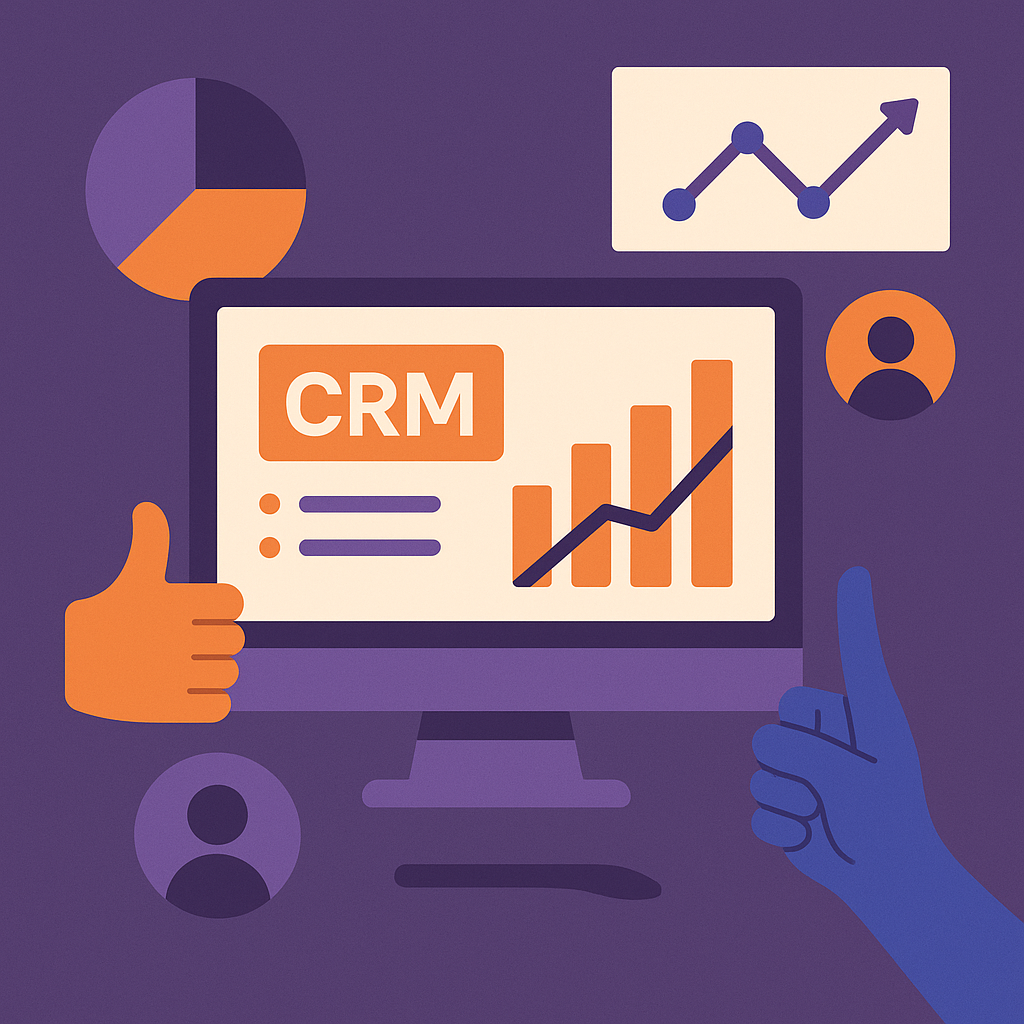
When you’re running sales in the real world, the toughest part often isn’t finding leads—it’s figuring out why deals stall, which tactics are working, and what actually drives new business. If you’re using Odoo CRM, your dashboards can do more than look pretty. The trick is tracking metrics that matter.
Below, you’ll find 10 practical KPIs that actually move the needle in day-to-day sales management. For each, you’ll get plain-English guidance: what it’s measuring, why it makes a difference, and how to pull these numbers from Odoo without getting lost in the data maze.
1. Lead Conversion Rate
What it tells you:
Out of all your leads, how many actually become new opportunities or customers?
Why it’s useful:
It’s easy to get fixated on generating leads, but if most aren’t converting, you might be ringing the wrong bell. This metric provides insight on lead quality and sales follow-through.
How to track in Odoo:
Check the Pipeline Analysis report, then break down conversions by source, campaign, or sales rep.
Tip:
Look at this each month and don’t be afraid to cut underperforming campaigns.
2. Average Sales Cycle Length
What it tells you:
How long does it take to seal the deal—from initial contact to signed contract?
Why it’s useful:
If sales drag and drag, your forecasts go out the window, cash gets tight, and staff timing suffers. Long cycles can reveal process snags or unclear qualification steps.
How to track in Odoo:
Use pipeline reports to compare lead creation and close dates. Odoo Studio makes it even easier by letting you add custom “Deal Age” fields.
Tip:
Compare cycle lengths for different products or deal sizes to see where things are getting stuck.
3. Pipeline Value
What it tells you:
The total value of all active opportunities.
Why it’s useful:
It’s basically your current “best guess” at what future sales might look like. If your pipeline’s too thin, you know it’s time for outreach—or new strategies.
How to track in Odoo:
Be sure every opportunity lists its expected revenue. Odoo’s dashboards will handle the math.
Tip:
Match today’s pipeline against historical closing rates to set realistic targets.
4. Sales Forecast Accuracy
What it tells you:
Do your projected sales line up with what you actually close?
Why it’s useful:
Missed forecasts cause all sorts of real pain—overstock, overhiring, or cash crunches.
How to track in Odoo:
Track expected revenue against actual closed amounts using standard or exported reports.
Tip:
Drill down by sales rep; some naturally overestimate, others underpromise.
5. Win Rate
What it tells you:
How many of your opportunities end up as wins?
Why it’s useful:
A low win rate could mean trouble with pricing, fit, or competition.High win rates show your approach is working.
How to track in Odoo:
Head to Pipeline Analysis, filter for “Won” vs. total opportunities.
Tip:
Segment by product or region for richer insights.
6. Lead Response Time
What it tells you:
How quickly does your team get back to new leads?
Why it’s useful:
Getting there first counts—a Harvard study says deals are seven times more likely if you respond in the first hour.
How to track in Odoo:
Log first responses on each lead, or automate reminders for untouched leads.
Tip:
Aim for response times under two hours. Escalate any that take too long.
7. Cost of Customer Acquisition
What it tells you:
How much does it cost to land each new customer?
Why it’s useful:
If your CAC is too high compared to revenue, you’re not building a sustainable engine.
How to track in Odoo:
Tie marketing costs to lead sources, and divide by acquired customers.
Tip:
Compare CAC by channel—paid ads vs referrals, for example.
8. Customer Lifetime Value (CLTV)
What it tells you:
Total expected revenue per customer over your entire relationship.
Why it’s useful:
Helps set your CAC limits and focus retention on your most valuable customers.
How to track in Odoo:
Look at contract lengths, average orders, and purchase frequency in Sales and Subscriptions.
Tip:
A healthy CLTV-to-CAC ratio (typically 3:1 or higher) means your model is working well.
9. Activity Completion Rate
What it tells you:
What fraction of planned sales tasks (calls, meetings, follow-ups) get done on schedule?
Why it’s useful:
Missed actions mean missed sales. This metric reveals where discipline or process support is lacking.
How to track in Odoo:
Check the Activities tab on each opportunity; see what’s completed vs scheduled.
Tip:
Review regularly with your team and address chronic bottlenecks.
10. Churn Rate
What it tells you:
What percentage of customers stop buying from you each month or quarter?
Why it’s useful:
High churn burns resources. Identifying patterns can improve retention, onboarding, or even product-market fit.
How to track in Odoo:
Use Subscription or Invoicing modules to flag cancellations; survey customers for cancellation reasons.
Tip:
Monitor churn by segment (e.g., industry, company size), not just overall.
Real-World Results
Teams who adopt structured KPI tracking aren’t just “doing analytics”—they’re 39% more likely to see year-over-year revenue growth, and respond to leads seven times faster than competitors. If you’re only guessing at what matters, you’re likely missing chances to accelerate growth or fix issues before they spread.
The bottom line: Start simple. Pick three KPIs from this list that fit your business right now. Dial in your tracking and adapt as your sales process matures. Odoo CRM makes it possible, but only clear focus will make it work.


